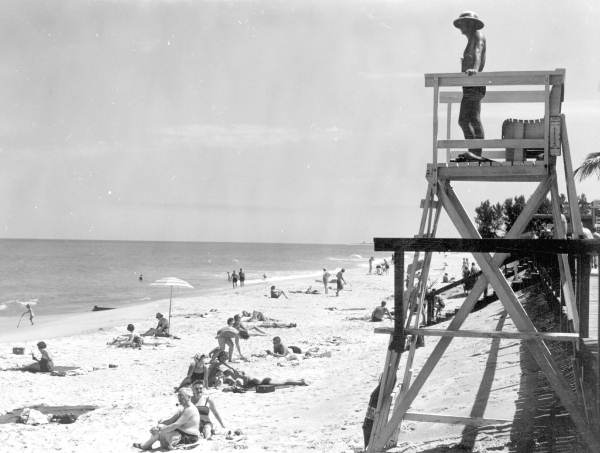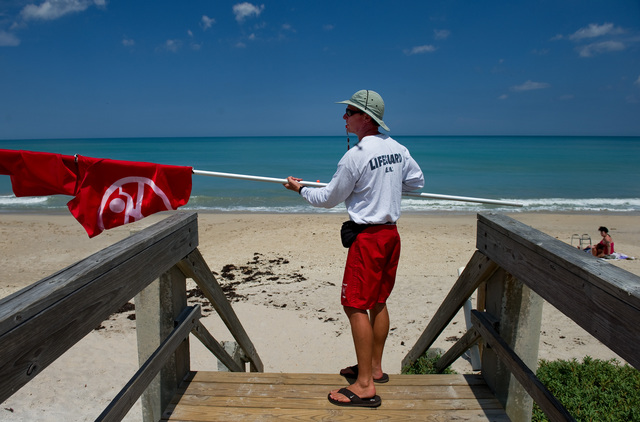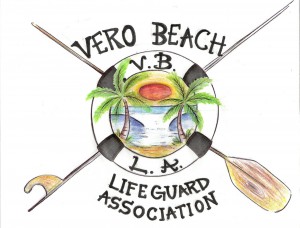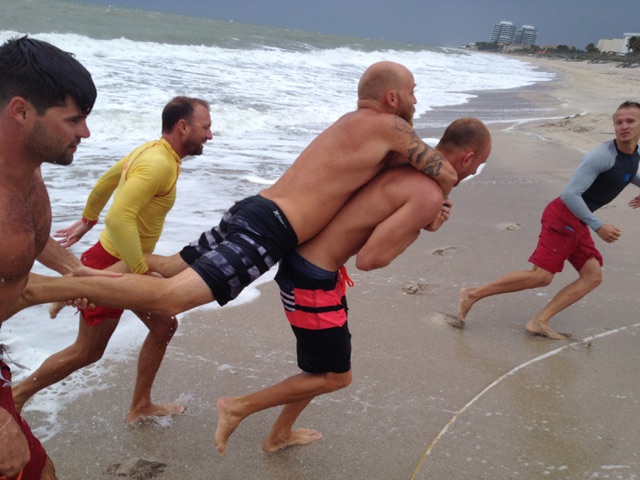
State Archives of Florida, Florida Memory, Photo by Johnson, Francis P.
Humiston Beach, Vero Beach, named one of the 10 best beaches “scattered across the U.S” for families in 2014, ” according to www.familyvacationcritic.com
BY BEING A LIFE GUARD IN VERO BEACH YOU MAY NOT BE FAMOUS
BUT YOU ARE AMONG THOSE WHO ARE.
Jack Nicholson and Clint Eastwood were lifeguards; as well as Ronald Reagan. Ronald Reagan saved 77 lives over the course of 7 summers.
A lifeguard is a profession that has existed for 200 years. Compare that to how the U.S. was founded in 1776. The title of the first life guard in 1855 was “Constable of the Surf.”
--> Join the conversation in Vero Beach Foodie and 46,600 very active members right now! <--
--> Subscribe to our weekly email and discover all the local events and happenings around the town. Join 26,650 of your neighbors right now! <--
In Vero Beach we have eight full-time, three-part-time beach constables, two part-time pool constables, and a few casual constables.
It is a profession. Of the full-time constables, the average length of service is ten years. It is a profession just like being a teacher. You’re not going to make a fortune, but you fulfill your passion.
Even I, at age 62, could be a constable as long as I can swim 550 meters in under 10 minutes and run 1/2 a mile in under four minutes.
Among others, one of the most important skills is that of “patron surveillance,” where you thoroughly and repeatedly keep a close watch over all the people. You sit and watch, monitor everyone and be ready to react.
The key is to react quickly when you see a “potential” problem and rescue the person before the situation becomes serious. Every month there are multiple major medical situations.
According to Nathan Rieck, Captain of the Vero Beach Life Guard squadron, although you wouldn’t think so, the “craziest things happen in the rain and when it’s cloudy.” People like to swim in the rain and when it’s cloudy so they won’t be in the sun.

Nathan Rieck, Vero Beach Life Guard Captain
Although there are approximately four miles of beach in Vero Beach, constables only guard 450 yards of beach at the Humaston, Jaycee and South Beach Parks, in addition to the Community Pool at Leisure Square.
But the constables also respond outside of the officially guarded area. One recently ran 1/2 a mile south of the South Beach Park to help someone. Essentially, they keep an eye out as far as they can see, which is why the Vero Beach Life Guard Association, a not-for-profit organization with a mission to promote lifeguarding and water safety in Vero Beach and surrounding communities, is raising funds to build a new tall lifeguard station at Humaston Park.
According to constable Eric Toomsoo, “If we can’t see them, we can’t save them. A higher vantage point would give us a better line of sight.”
 Please visit the Vero Beach Life Guard Association at: https://vbla.org
Please visit the Vero Beach Life Guard Association at: https://vbla.org
Constable Rieck says the “nastiest” conditions are rip currents and drop-offs, also referred to as shore breaks.
Further, he says if there is a 15 knot wind blowing from the South East or a “nasty” five foot drop-off, “we walk the beach and suggest to parents that they either take their children to the Community Pool or stand beside them in the water.”
“We tell people people in the water to “never turn their back to the waves. A lot of people just don’t understand the ocean. They are visiting from Michigan where they swim in lakes and here they are at risk with our rip currents and drop-offs.”
“We use binoculars and can often see the fear of God in their eyes.”
“We especially watch out for people with limited swimming ability, older folks who are at risk of breaking bones, people who are not high in the water and those with frantic movements (splashing), which we refer to as ‘climbing the ladder'”
In one instance a gentleman visiting from Poland in his early 70’s encountered a two-to-three foot drop-off, was driven to the bottom and broke his neck. Fortunately the constables saved him.
The constables of the surf are responsible for posting flags denotingwater conditions. A green flag means a low hazard condition. Yellow is medium caution, Red is high hazard and Double Red is no swimming.
There are four categories of swimmers that our constables keep an eye on.
- Active Drowning: A victim who is taking in water with arms flapping who may be 20 to 60 seconds from sinking underwater.
- Passive Drowning: One who is inactive in the water, submerged or otherwise struggling; requiring an emergency rescue.
- Someone in Distress: Someone having trouble swimming, perhaps from fatigue, who may not be calling out for help.
- Normal Swimmer: Healthy swimmer who does not need any support.

Our constables in training on Tuesday, September 15, 2015
We extend a special thanks to constable Reick for his input and assistance with this article.
We are glad to highlight the duties and responsibilities of our Constables of the Surf.
- Part Three: A Little Bit About the Mechanics of Patrick Dougherty’s “Stickwork” Environmental Sculptures - February 11, 2016
- Part Two: How Did the Patrick Dougherty’s “Stickwork” Exhibition Come to be at the McKee Botanical Garden? - February 5, 2016
- Part One: Patrick’s Work with Children at Play - January 28, 2016
